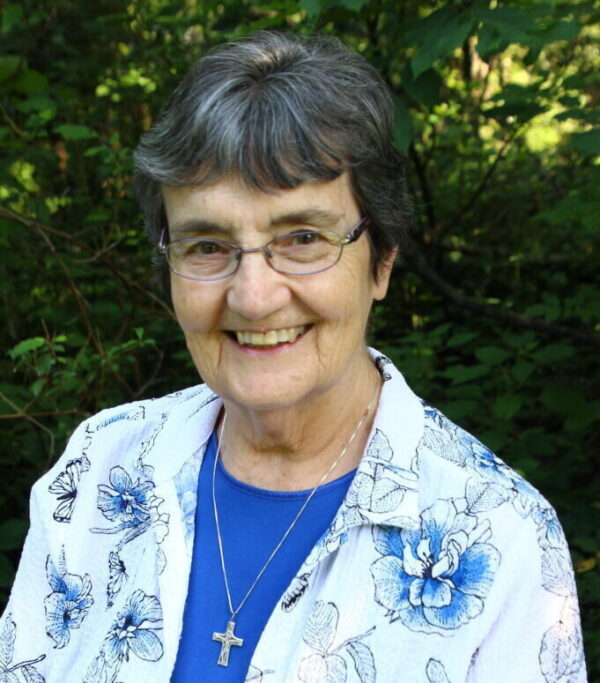We Are Part of God’s Landscape
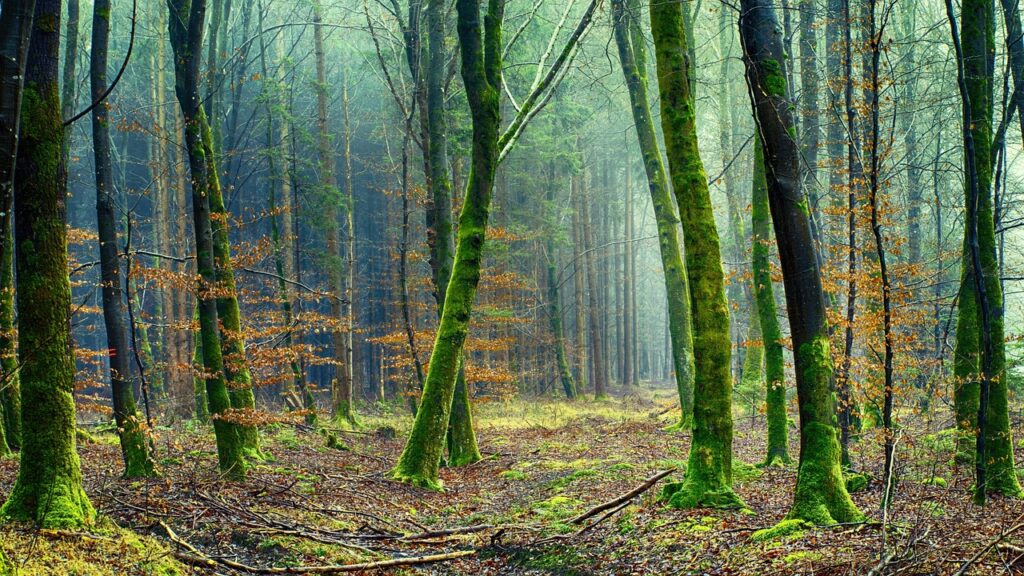
In the book of Genesis, there are two creation stories. In chapter 1, God spends the first five days of creation fashioning the sun and moon, plants and animals. On the sixth day, God creates more animals–including human beings saying “Let us make man in our own image, after our likeness. Let them (both male and female are created simultaneously in this version) have dominion” over the rest of creation. (v. 26) That word “dominion” is an unfortunate word choice, for it has led us humans to think that we can do whatever we wanted with creation–because the Bible says we can. Isn’t that what dominion means? To rule over? To dominate? To have complete control over?
The second creaton story in chapter 2 is different. God creates the man first and puts him in a lovely garden “to cultivate and care for it.” (v. 15) How different those words are from “have dominion over.” But soon God senses Adam’s loneliness and creates for him a variety of animals, “but none proved to be a suitable partner for the man.” ( v.20) Then God gets a better idea. God creates the first woman, Eve. And I can say (with complete objectivity) that making the woman was one of God’s best ideas!
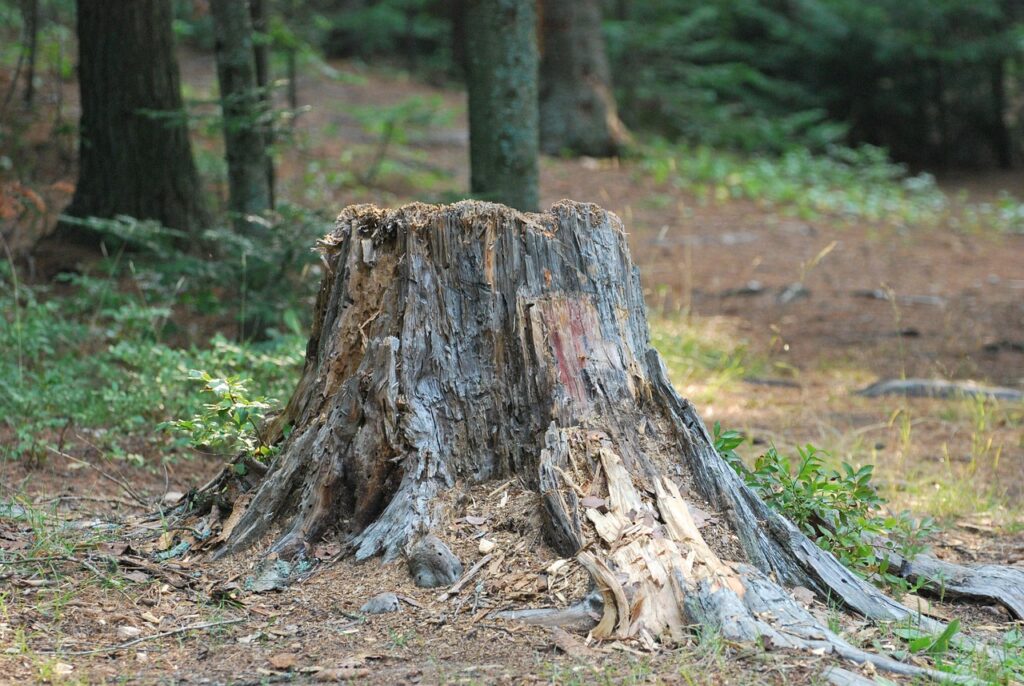
Now, where am I going with all of this? Let me begin by saying: I am one lucky woman. I live on a large piece of property (over 400 acres) that has woods, meadows, lawns, fields, lakes, hills, and even an orchard. Housed on this land are also a high school, elementary school, provincial center, retreat center, and Notre Dame Village, which consists of an 81-unit apartment building, three memory care units, and over 40 houses for senior living. But I am luckiest because I have access to the natural beauties on this land–especially the woods for which I have a particular fondness. In addition, I am still physically capable of walking into the woods for a little stroll. Best of all, I have found my very own tree stump that I can sit on and just be!
This is my point: I believe we regularly need experiences of being part of God’s vast landscapes. To experience (in the words of Father Thomas Berry) that “we are creatures not merely ON the earth, we are OF the earth.” To experience our oneness with all of creation: brother son, sister moon, cousin deer, niece chipmunk, uncle tree, mother soil. And to realize that we are called not to control and dominate our environment, but to “tend and care for it,” as Adam and Eve tended and cared for the Garden of Eden.

As soon as I sit on “my” stump in “our” woods, the magic begins to happen. I sit silent and motionless for a few moments. In other words, I become part of the landscape. Within minutes, the world of the forest comes alive. A bird alights on a tree near me. Oblivious to my presence, he begins to chirp. I hear the rustle of leaves on the forest floor, and soon I spot a black squirrel scurrying about, doing his/her urgent daily business: like foraging for a tasty acorn. I hear the chirp of a chipmunk. It is answered by another chirp, but both chirpers remain unseen. I gaze in wonder at the patches of sunlight strewn across the forest floor. I notice the tops of the trees swaying in the wind. And if it has rained recently, I can even smell the damp soil which is sustaining everything I behold–and sustaining me!
The poet Joan Mazza has written a poem called “Part of the Landscape” (from the book How to Love the World by James Crews, ed.) in which she describes sitting still on a park bench along her woodland walks. I resonate deeply with her experience. The last lines of her poem describe well what I too have experienced:
I hold still, photograph this world with just
my eyes, forget the news. My heart is here,
filled with gratitude as I fade and disappear.
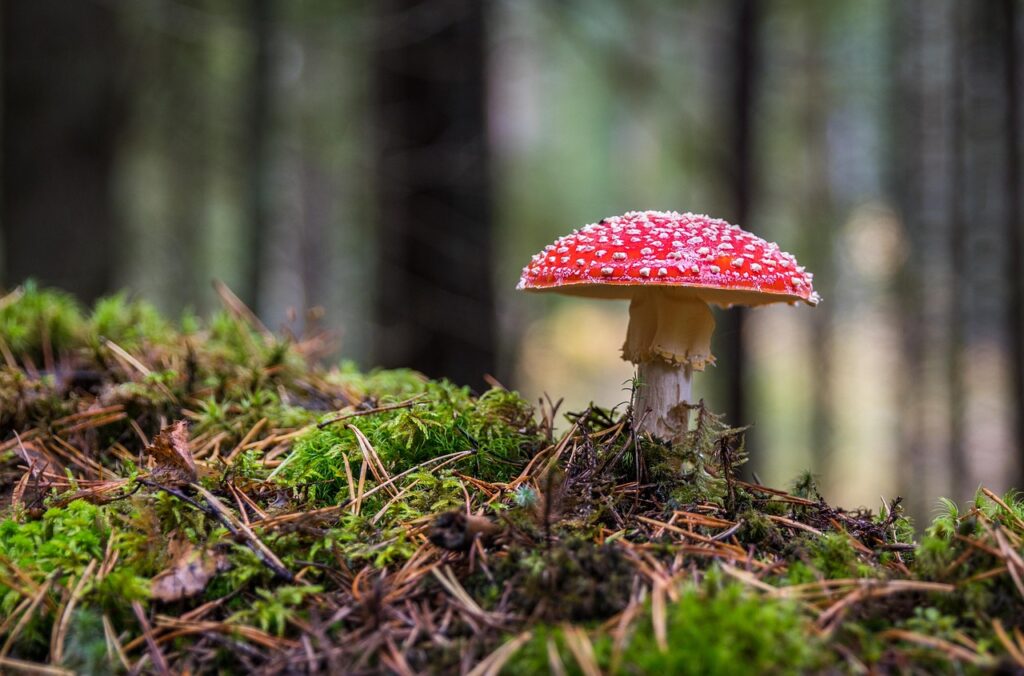
*********************************************
For reflection:
Do you resonate with the need to experience yourself as part of God’s vast landscapes? If so, when, where, or how do you find or nurture this experience?
What are some examples in history of we humans exerting “dominion” over creation that produced dire consequences?
What are some examples of we humans “tending and caring” for creation that produced good and beautiful consequences?
Do you have an experience of feeling part of God’s landscape that you would like to share below?
+++++++++++++++++++++++++++++++++++++++++++++
P.S. I am mourning the loss of a dear friend, Sister Marilyn Sabatino, who went home to God quite suddenly last Friday evening. Marilyn was in my vow group of six, the oldest at age 82. She had a number of serious health issues, but she had said to several friends, “I told God I just want to live to celebrate my Diamond Jubilee (60 years). After that, I’m good to go.” We celebrated that jubilee this past summer. Last Monday, Marilyn also wrote a brief comment on this blog. She focused on two words that touched her: tenderness and loss. I now look upon these words as almost “her last will and testament” to us. Here they are: Thank you, Melannie, for today’s blog. It’s wonderful. I think that tenderness is a foundational quality. It leads to so many other human qualities like caring, love, compassion and just giving and receiving forgiveness. I was so inspired by the words about the falling leaves as an example of receiving new life from loss.” Friday evening she embraced God’s invitation to “new life”… and we who knew her so well and called her sister and friend, now mourn our “loss”… May she rest in peace. Amen.

As I mentioned, I love being in the woods–that’s because I love trees. Here’s an excerpt from a film made by National Geographic called “The Secret Life of Trees.” This excerpt is called “The Silent Friends.” This short video (less than 4 mins.) was made in Spain and it “highlights Spain’s breathtaking and diverse scenery.” The narrator speaks directly to trees. For me, her words are a love letter to trees. Some of my favorite lines are: “you have so much left to teach us… you are a shrine we visit to calm us down… you are the perfect listener… you give everything (the ripping off of the bark of the cinnamon trees is especially graphic. Such total giving–just so I can enjoy a cinnamon bun!)… I look forward to our next conversation.” Click on cc to get the captions.
(I am recommending only this video and not necessarily the others that pop up automatically after this one. Viewer discretion is advised.)
I eagerly await your comments below–on the reflection itself, the photos, or the video.
Five Quotations from Five Books
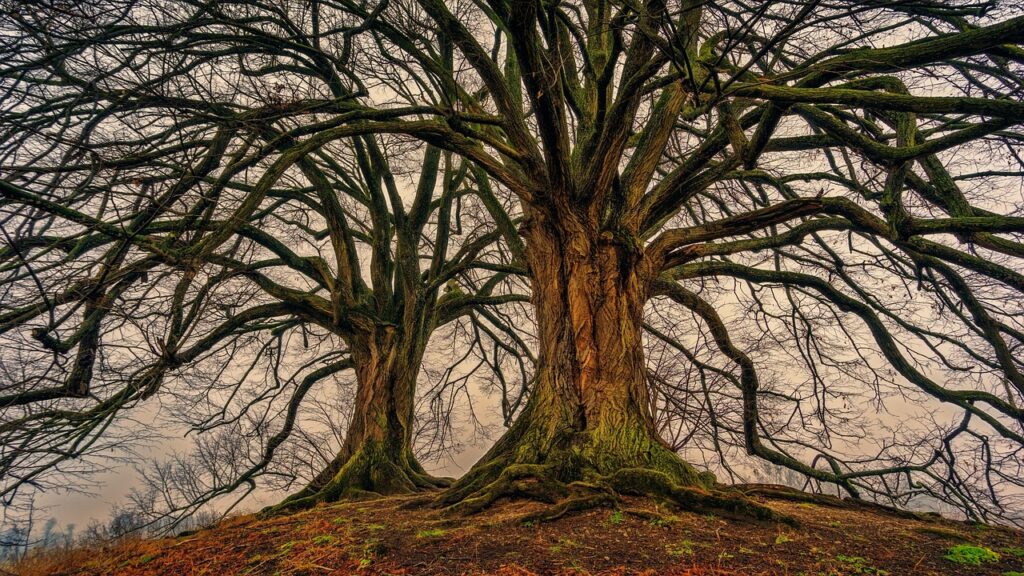
I was going over some notes I took from a few books I’ve read over the years. I thought I would share five of these quotations with you today.
“Autumn”
Appropriately, we’ll begin with a description of autumn by Joyce Rupp from the book The Circle of Life co-authored with Macrina Wiederkehr. You might want to gaze at the photo above for a few moments:
“In this lovely season of autumn when the dance of surrender is obvious, we find large spaces left where something beautiful once lived. As one by one the leaves go, a precious emptiness appears in the trees. The naked beauty of the branches can be seen, the birds’ abandoned nests become visible. The new spaces of emptiness reveal mountain ridges. At night if you stand beneath a tree and gaze upward, stars now peer through the branches. This is an important autumn lesson–when certain things fall away, there are other things than can be seen more clearly.” (p. 167)
**********************************************************
“Mistakes”
As many of you know, I admire Abraham Lincoln very much. Although I’ve read countless books about him, here’s a little story about him I had never heard before from Pulitzer Prize winning author Doris Kearns Goodwin, a leading authority on Lincoln. It’s from her book The Leadership Story: How Four Kids Became President. The four “kids” are Abe Lincoln, Teddy Roosevelt, Franklin Roosevelt, and Lyndon Johnson. One quality all four “kids” possessed that helped make them good leaders was their ability to learn from their mistakes. Here’s a mistake Lincoln made in his early years as a young politican.

“On certain occasions, however, Lincoln’s humor could be mean-spirited. After Democrat Jesse Thomas had ‘indulged in some fun’ at Lincoln’s expense, Lincoln ‘imitated Thomas in gesture and voice, at times caricaturing his walk and the very motion of his body’ and viciously mocking the ‘ludicrous’ way Thomas spoke. Soon the ‘skinning of Thomas’ became ‘the talk of the town.’ Realizing he had badly overstepped, Lincoln went to Thomas and wholeheartedly apologized. For years afterward, the memory of that misstep filled Lincoln with deep regret.” (p. 31)
*******************************************************
“Tenderness”
Here are some beautiful words on tenderness by Howard Hanger from his book Drink Deeply with Delight:
“The problem comes when you begin to equate brute force with inner strength. Pushiness with power. Bullying with potency. The problem comes when you assume that the only way to express strength is to push people around… Some of the toughest and most powerful actions in life are those which appear to be the weakest. Love, for instance. Mercy for another. And tenderness. When you express tenderness… real tenderness… you are putting your neck on the block. You are placing yourself in one of life’s most vulnerable places. In effect, you’re laying out your heart where it can be stomped flat… Yet, as frail and fragile as tenderness may appear, it can be one of the most potent and live-giving things you can do.” (p. 106)

********************************************************
“Grief”
In April 1956, C. S. Lewis, British writer and confirmed bachelor, married Joy Davidson, an American poet with two small children. After only four years of happiness together, Joy died of cancer, leaving Lewis inconsolable. He kept a journal of his struggles with loneliness, grief, and faith. It is entitled A Grief Observed and is one of the finest things I’ve ever read on grief. Here is his description of the pain of Joy’s absence in his life:
“At first I was very afraid of going to places where Joy and I had been happy–our favorite pub, our favorite wood. But I decided to do it at once–like sending a pilot up again as soon as possible after he’s had a crash. Unexpectedly, it makes no difference. Her absence is no more emphatic in those places than anywhere else. Her absence is not local at all… The act of living is different all through. Her absence is like the sky, spread over everything.” (p. 11)

***************************************************************
“Pleasure”
Many years ago a friend gave me a book by J. Ruth Gendler entitled The Book of Qualities. It is a collection of 99 very brief descriptions of qualities–both inner aspects of the psyche (like fear or doubt) or qualities outside of ourselves (like the wind or service). Gendler personifies these qualities, that is, she describes each quality as a person. One of my favorites is Pleasure.
“Pleasure is wild and sweet. She likes purple flowers. She loves the sun and the wind and the night sky. She carries a silver bowl full of liquid moonlight. She has a cat named Midnight with stars on his paws… Many people mistrust Pleasure, and even more misunderstand her. For a long time I could hardly stand to be in the same room with her. I went to bed early to avoid her. I thought she was a gossip and a flirt and she drank too much. In school we learned she was dangerous, and I was sure that she would distract me from my work. I didn’t realize she could nurture me… As I have changed, Pleasure has changed. I have learned to value her friendship.”

***********************************************************************
For reflection:
Did any sentence in any of the five quotations stand out for you today? If so, which? If you want, you can even tell why.
Is there anything you’d like to say about any of the topics: autumn… mistakes… tenderness… grief… pleasure?
Do you ever copy quotes from the books you read? What do you do with them afterwards?
Do you have a quote from something you’ve read that you would like to share with us below?
PS: Before the video, I am asking for your prayers for a women’s summit called SHINE for which I will be a panelist. The summit, on November 6th, is sponsored by our SND’s in the Toledo region. It features Katie Holmes, actress and filmmaker and a graduate of Notre Dame Academy in Toledo. The summit brings together women of all faiths, ages, and backgrounds to honor five women who exemplify the “five pillars of SHINE”: Support, Honor, Inspire, Nurture and Empower.” For more details, go to our SND website: sndusa.org. Click on Regions… Toledo… Then scroll down to SHINE. Thank you for keeping this event in your prayers!
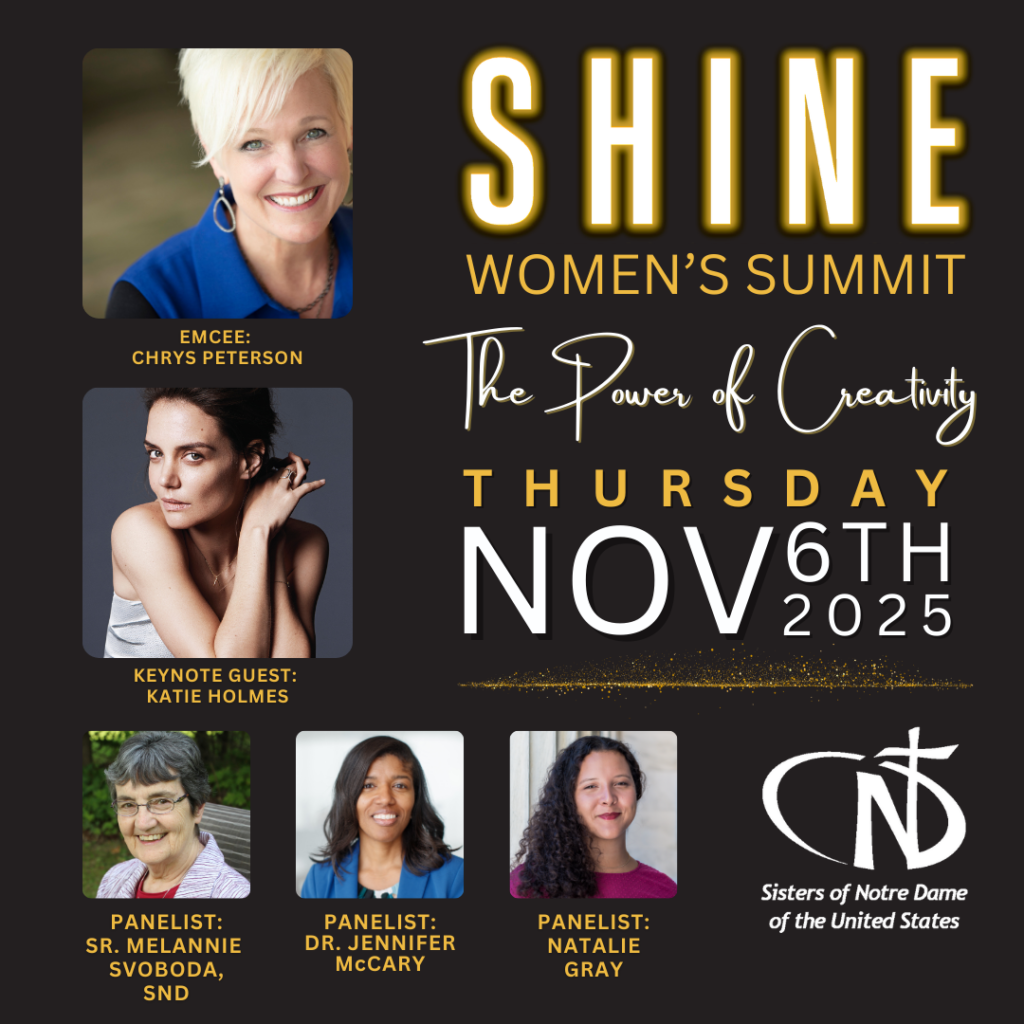
I began this reflection with autumn. I’ll end with autumn too. This is pianist Roger Williams’ famous rendition of “Autumn Leaves”–against a background of lovely autumn foliage.
(Disclaimer: I am recommending only this video “Autumn Leaves.” I am not recommending the other videos that automatically pop up after this one. Viewer discretion is advised.)
I invite you to write a comment below!
Excellence in Architecture–and in Life
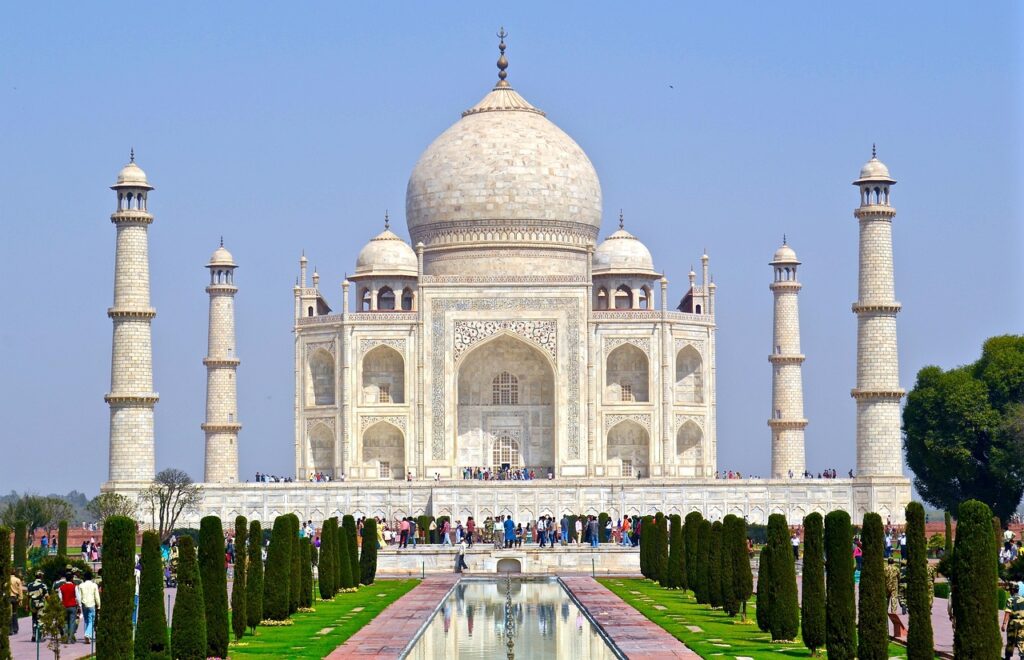
Once I was reading an article on architects. (I enjoy reading articles on things I know little or nothing about!) In it, the author was trying to discover what distiguished the really good architects from the medicore ones. Her conclusion? It was not the fact that good architects did things right the first time. No, it was “their willingness to revise, rework, redo.”
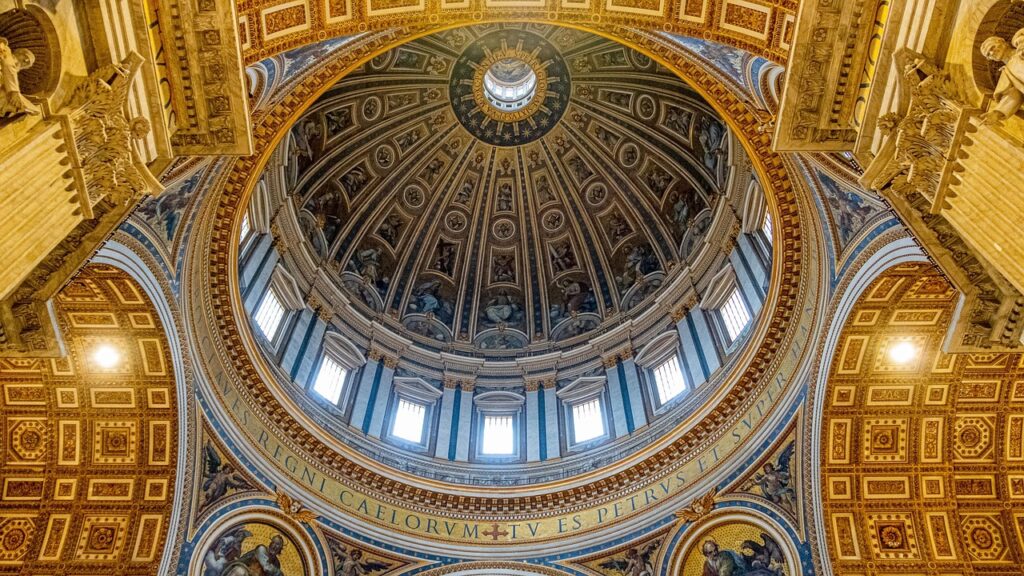
Isn’t this what determines excellence in almost every field, whether it’s cooking, writing, painting, leadership, gardening, music, or athletics? Take football. How many hours does a really good quarterback practice throwing passes or handing off the football? Excellent quarterbacks are willing to change their stance, revise their footwork, adjust their throwing, tweak their timing, submit to a new game plan–all in an attempt to become better at what they do.
Michelangelo, as far as I know, never excelled as a quarterback. But he did excel as an artist. He said to someone who envied his work, “If you knew how hard I worked at this, you might not think it was so wonderful.” Similarly, a woman once said to the great violinist Fritz Kreisler, “I’d give my life to play as beautifully as you!” Kreisler replied, “Madam, I have!”

As Christians, we are all called to excel in the spiritual life. We can even say, we are called to be good architects–architects of ourselves. St. Paul posed this question for the Corinthians, “Do you not know that you are the temple of God, and that the Spirit of God dwells in you?” (1 Cor. 3:16) We are all fashioning ourselves (with God’s grace, of course!) into a temple from the materials life bestows upon us. What materials? Our talents, limitations, background, relationships, good luck, bad luck, education, health, age, life experiences, etc. How hard are we willing to work at this fashioning? Are we totally content with ourselves and with the way things are? Do we say to ourselves, “This is me… I’ve always been this way… I’m too old, too tired… The demands of the Christian faith are just too hard for me.” Have we turned a legitimate rest along the road of life into a permanent stop? Or are we still engaged in the journey of life? Are we still listening to God’s call to revise, rework, and redo ourselves?

Jesus encourages revisions. In fact, he continuously calls us to conversion. His call is nothing less than the call to revise our behavior… to rework our attitude… to redo our priorities. He calls us to expand our heart… to continue to learn… to serve others… to forgive… to let go… and to find creative ways to contribute our small share of “goodness” to promote the common good. In the spiritual life, as in most worthwhile endeavors, it is never too late to make a few changes. It is never too late to strive for greater excellence.
Prayer: Jesus, give me the patience, the wisdom, and the strength to follow your call to conversion today.
For reflection:
Is there anything in your life right now that Jesus might be calling you to revise, rework, or redo?
For you personally what are some of the things that get in the way of heeding Jesus’ call to conversion?
Give yourself credit for some of the “revisions” you have made throughout your life to become a better person, a better Christian. Can you name a few?
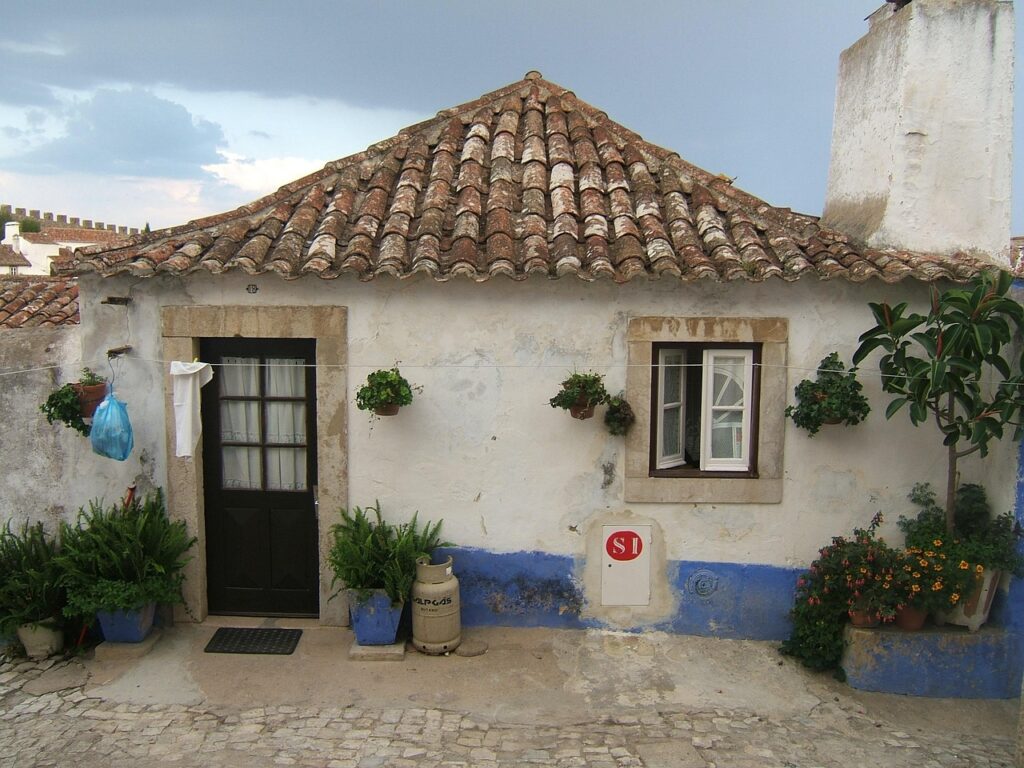
The temple we are becoming may not look like St. Peter’s basilica. It may look more like this precious little house… (Photo by Kdibrik – Pixabay)
Sometimes it’s easier to see Jesus’ call to extraordinary individuals rather than to more ordinary individuals like ourselves. So today I chose a short video that shows that day, May 8, 2025, when Cardinal Robert Francis Prevost, originally from Chicago, was elected the 267th Pope, taking the name Pope Leo XIV. Talk about a dramatic call from Jesus! I was struck by the somewhat “ordinary-looking” human being who stepped out onto the balcony that day. Understandably, he was emotional as tens of thousands of people–at the first sight of that white smoke–managed to get themselves to St. Peter’s Square to see and cheer for our new Pope. At one point, Pope Leo even seems to sniffle a little. In the background you will hear some contemporary chant saying: “Jesus, you call me by name… May I hear your voice… You love me, Jesus… Thank you Jesus.” You will see the new Pope’s motto: “In Illo, Uno Unum,” the words of St. Augustine, “In the One, we are one.” His coat of arms includes the crossed keys of St. Peter, the lily against a background of blue (a tribute to Mary), a heart pierced by an arrow, the emblem of his Order the Augustinians, and the book representing the Word of God.
May the words of the chant become our own: “Jesus, you call me by name… May I hear your voice… You love me Jesus… Thank you, Jesus.”
(Disclaimer: I am recommending only the video below on Pope Leo’s election day. I am not recommending any of the other videos that pop up automatically after this one. Viewer discretion is advised.)
Do you remember where you were when you heard we had a new Pope–and he was an American? What were some of your thoughts and feelings?
If you had a coat of arms, what would you put on it?
I welcome your comments on the reflection, the pictures, the video. Thank you!
The Wisdom of John Muir
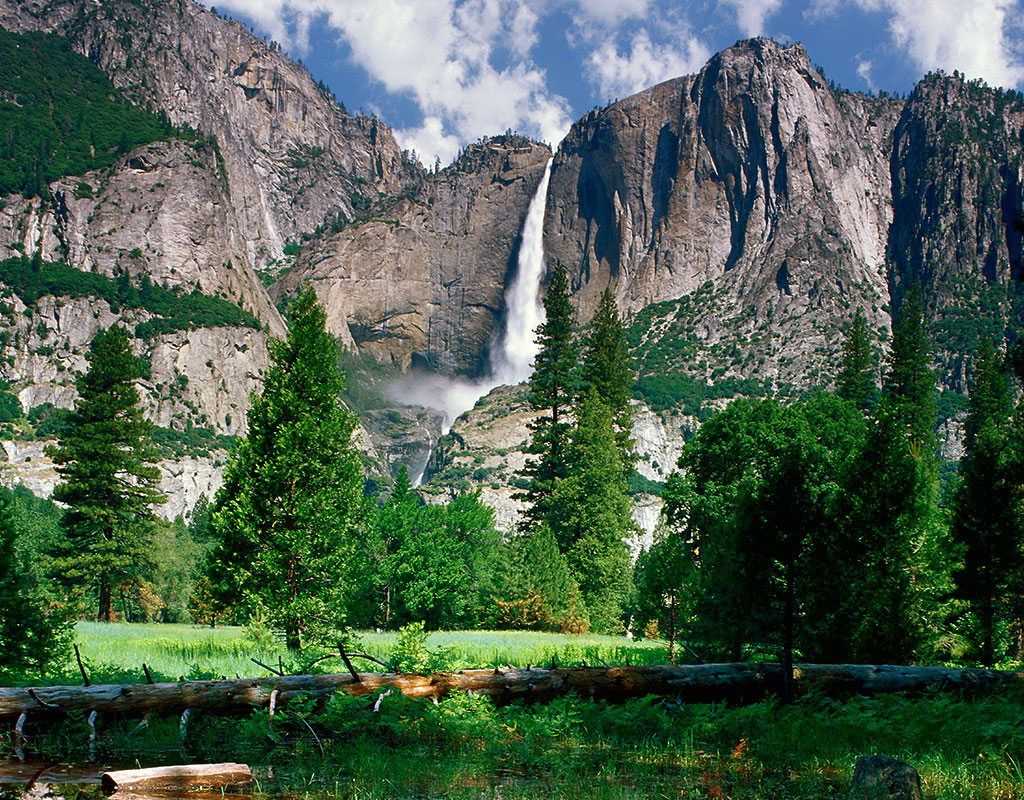
John Muir has many descriptive titles. He’s been called a naturalist, author, botanist, zoologist, glaciologist, environmental philosopher, inventor, mountaineer, co-founder of the Sierra Club, and Father of our National Parks. His biographer Steven Holmes, added another title: the patron saint of 20th Century American environmental activity. So, who was this extraordinary man?
John Muir (1838-1914) was born in Scotland and immigrated to the U.S. with his family when he was eleven. The family settled on a farm in Portage, Wisconsin. While attending the University of Wisconsin, he signed up for a botany course. In class one day, under a towering locust tree, a fellow student picked a flower from the tree and explained how this gigantic tree was a member of the pea family. Muir wrote, “This fine lesson charmed me and sent me flying to the woods and meadows with wild enthusiasm.”
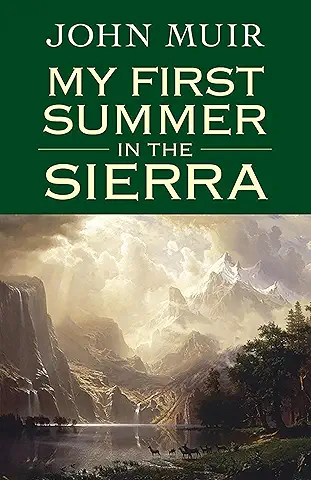
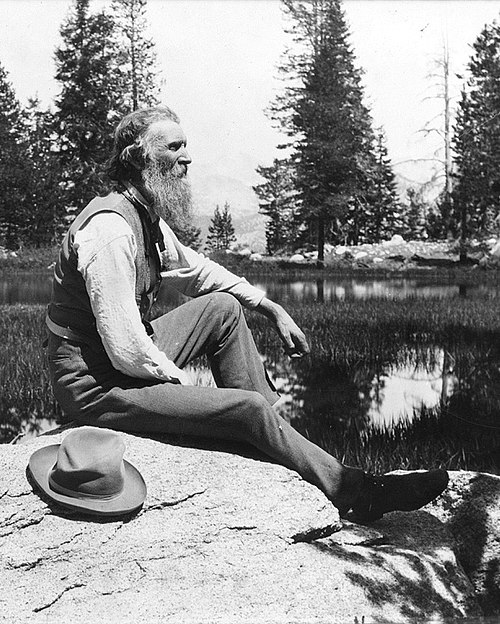
Muir eventually dropped out of college and enrolled in “the university of the wilderness.” He walked 1,000 miles from Indiana to Florida, enjoying and studying nature the entire way. Having contracted malaria in Florida, he was prevented from walking to South America as he had planned. When he recovered, he walked instead to Calfornia where he worked at several jobs to support himself. Muir saw nature not merely as a practical benefit for humankind–trees to give us lumber, mountains to give us coal. He saw nature as something valuable for its own sake. He also appreciated nature for the spiritual qualities it possessed. Seeing Yosemite for the first time, he wrote: “No temple made by hands can compare with this.”
Muir was keenly aware of the connectedness of all things, writing, “When we try to pick out anything by itself, we find it hitched to everything else in the universe.” He fought to save areas from human development. The preservation of Yosemite as a national park is one of his greatest achievements. In 1880 he married Louisa Strentzel with whom he had two daughters. For ten years he helped manage his father-in-law’s 2600 acre orchard in California. But he always yearned to return to the wilderness on a regular basis. His understanding wife would shoo him away so he could get his dose of nature. Sometimes, he took one of his daughters with him.
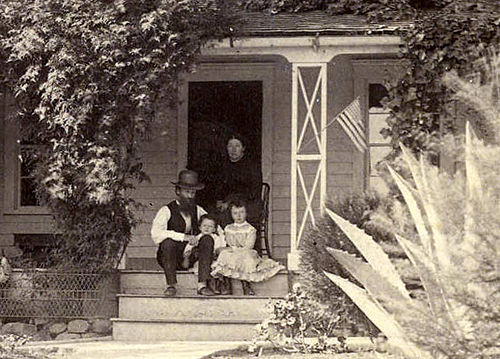
When Muir was offered a teaching position at Harvard, he turned it down saying, “I never for a minute thought of giving up God’s big show for a profship.” His later years were devoted to writing, an occupation he found challenging–even though he wrote over 300 articles and 10 major books. He once complained, “This business of writing books is a long, tiresome, endless job.” He thought prose was “a weak instrument for the reality he wished to convey.” He believed, “One day’s exposure to mountains is better than a cartload of books.” Thank goodness, his wife supported and encouraged his writing, for even today his essays and books are still widely read. I will close with one of my favorite quotes from this remarkable man: “Everyone needs beauty as well as bread, places to play and pray in, where nature may heal and give strength to body and soul alike.”

For reflection:
Have you ever heard of John Muir before? If so, when and where?
Did anything stand out for you about John Muir?
Have you experienced the healing power of nature in your life? When and where?
I chose for our video today Susan Boyle singing the refrain from the hymn “How Great Thou Art.” The nature scenes are just the kind that John Muir devoted his life to preserving for future generations.
(Disclaimer: I am recommending only Susan Boyle’s video. I am not recommending the other videos that automatically pop up after this video. Viewer discretion is advised.)
I invite you to write a comment below on the refection, the photos, the video…
“What Are You Doing Here?”
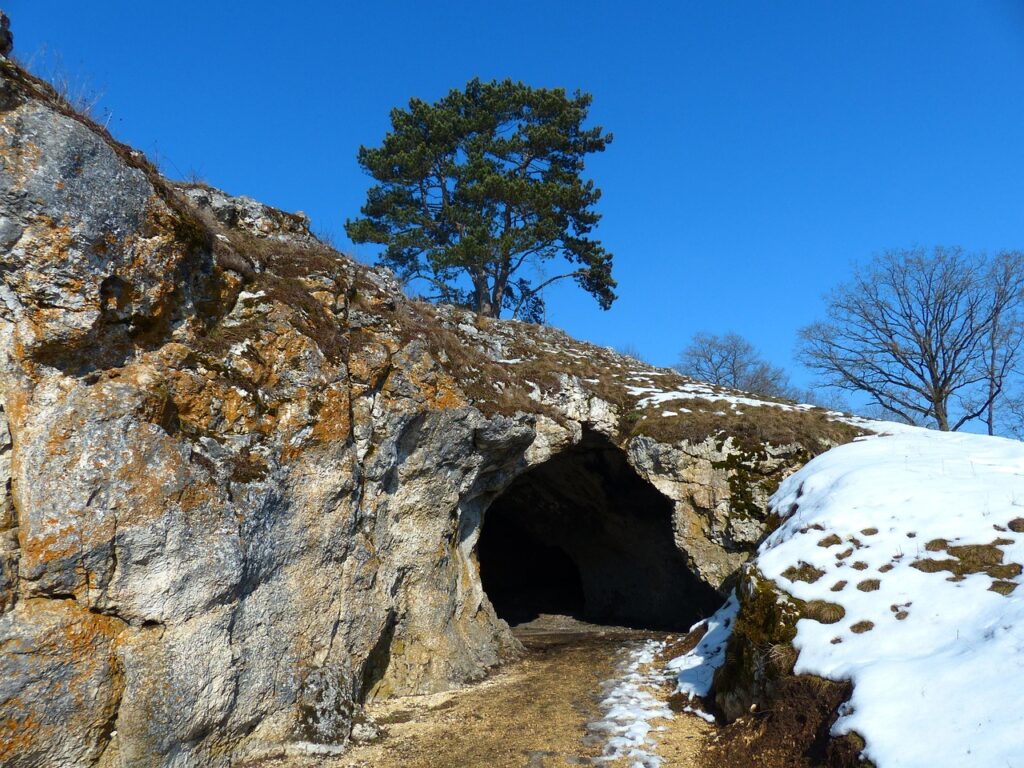
Recently I was reflecting on the story of the prophet Elijah hiding in the cave. You are probably familiar with the story. Elijah is running for his life. He has angered the “wicked” queen Jezabel, and she has sent her henchmen to find him and kill him (1 Kings: 19:1-18). Shortly after crawling exhaustedly into the cave, Elijah hears a voice. It is God who asks him, “What are you doing here?”
I think that’s a very good question to hear God asking of us–as we sit down to pray each day, as we settle into our pew before Mass, or as we enter our place of work each day whether that place is our home, office, manufacturing plant, store, school, hospital–or wherever.
This is the question I like to hear God asking me when I begin my prayer. I find myself answering this question in a wide variety of ways. Here are some sample answers to that question. Maybe you might find yourself in some of these answers. Or maybe these answers might generate your own answers to this question.
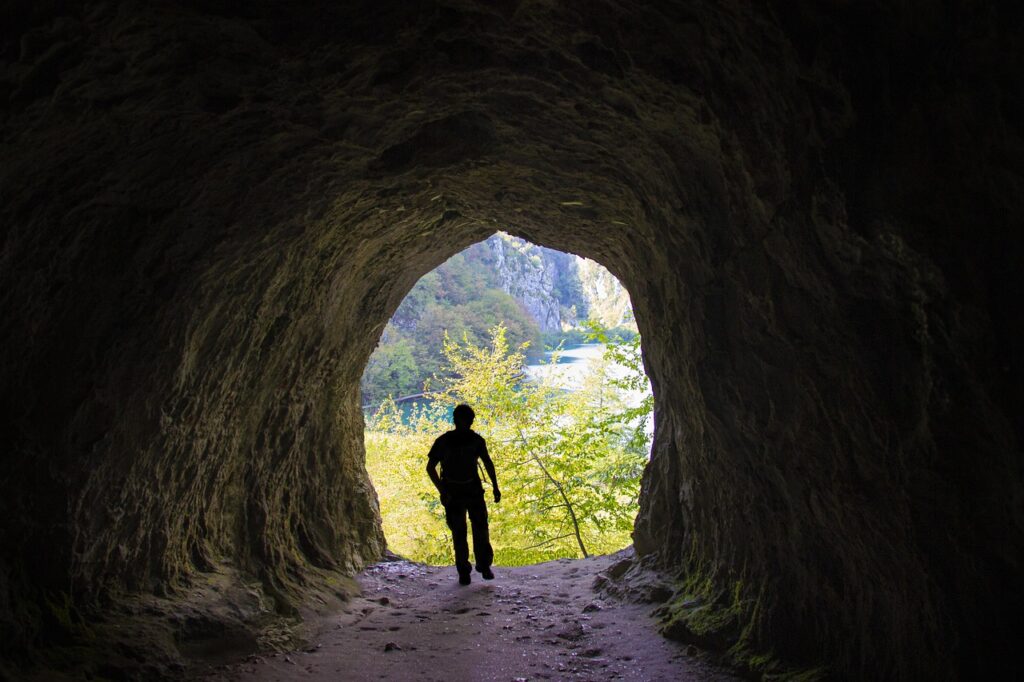
+ I’m here to praise You and give thanks to You for all the blessings in my life–beginning with the gift of life itself.
+ I’m here to reset my “spiritual GPS” before I venture into this brand new day, a day I have never lived before, and a place I have never been before.
+ I’m here to speak my heart to You–not just my mind. Help me find the words.
+ I’m hear to listen to You speak to me. Please speak loudly and slowly and clearly, so I might begin to understand what You might be saying to me. Let me listen with the ears of my heart as well as my mind.
+ I’m here to get some peace, some rest, some encouragement.
+ I’m here to report to You… to debrief… to say, “So, that’s where I am now. What’s next?”
+ I’m here to say “I’m sorry” to You for: (pick any!) my ingratitude… impatience… crabbiness… self-centeredness… greed… pride… judging others… lack of trust in You… laziness…

+ I’m here to get the courage to say “I’m sorry” to someone I’ve slighted… taken for granted… offended… spoken harshly to…
+ I’m here with my heart filled with suffering humanity whose faces I see every time I close my eyes. I am overwhelmed… I feel powerless… so I’m bringing them all to You.

+ I’m here to ask, to plead, to beg, even to grovel for your help.
+ I’m here to hide (temporarily) from the storm I’m experiencing right now… and the storms happening all over our hurting world.
+ I’m here to grieve the loss of ___ whom I’m missing so much today.
+I’m here to have some fun with You, to play a little, to find some reasons to laugh. After all, the great St. Teresa of Avila heard You say to her once when she went to prayer: “Enjoy me!”
+ I’m here just to be in silence with You for a little while, knowing that “silence” is often Your preferred way of comunicating with us.
+ I’m here to say to You again–as I’ve been trying to say ever since I uttered my very first prayers to You: “I love You THIS MUCH!”–with my arms extended as far and wide as they will reach.

For reflection:
Do any of these answers resonate with your own experience?
How would YOU answer God’s question, “What are you doing here?”
Did any of today’s photos speak to you?
And here’s a question I have for you: “What are you doing here–reading this blog?” (I’m curious what your answer might be. That’s all…)
**************************************
PS: Our annual Chicken Barbecue & Boutique will be held on this coming Sunday September 28 from noon until 5:00 on the NDCL Campus, 13000 Auburn Road, Chardon, OH. Go to our website for details: sndusa.org. I’ll be at the “Book Nook” in the boutique from noon until 3:00. I’ll be selling my books at a discount–and I’m giving a few of my books for FREE! Stop and say hello!

***************************************************
Sometimes a song answers the question: “What are you doing here?” I think this song does. It’s “I Need You” by Matt Maher. I sometimes play this song to reset my “spiritual GPS.”
(Reminder: I am recommending this video by Matt Maher. I am not necessarily recommending any of the other videos that appear after this video. Please use your discretion.)
I invite you to comment on this reflection below… I know how much my readers enjoy reading all the comments!

